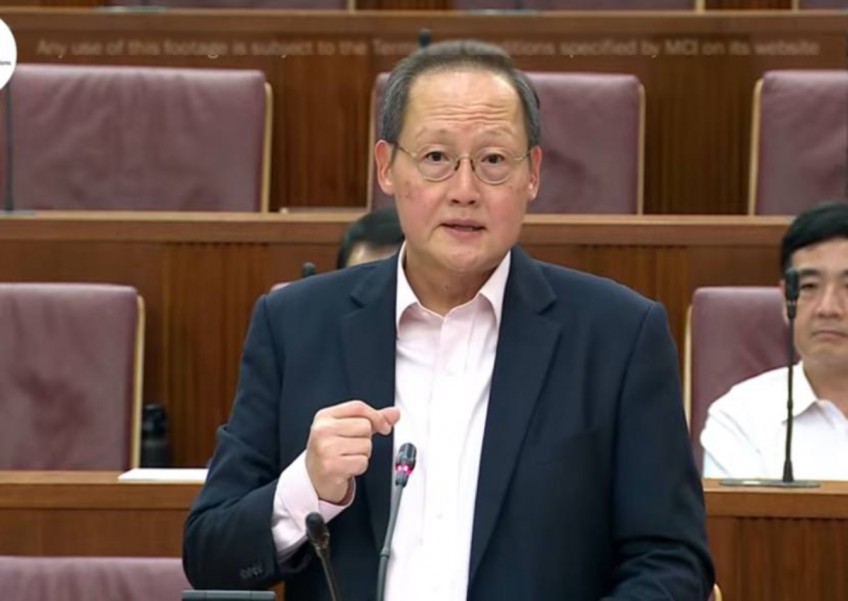Closure of CPF Special Account: Options available for those with withdrawable SA balances, says Tan See Leng


 PUBLISHED ONMarch 04, 2024 8:30 AMByClaudia Tan
PUBLISHED ONMarch 04, 2024 8:30 AMByClaudia TanThe core principle behind closing the Special Account (SA) is to 'right-site' Central Provident Fund (CPF) monies, said Minister for Manpower Tan See Leng in Parliament on Monday (March 4).
During his ministry's Committee of Supply debate, Dr Tan addressed public concerns about the closing of the SA for CPF members aged 55 years and above in 2025 — a move first announced by Deputy Prime Minister Lawrence Wong during his Budget speech on Feb 16.
The money in members' SA, up to the Full Retirement Sum, will be transferred to their Retirement Account (RA). The balance will be moved to their Ordinary Account (OA), explained Wong.
"The closure of the SA, together with the significant suite of measures for retirement adequacy that we will be rolling out, is part of the evolution of the CPF system," Dr Tan told the House on Monday.
He reiterated that the CPF system is designed to provide its members with income in retirement, and support their housing and healthcare needs.
Dr Tan explained that the move was necessary for two main reasons: the doubling of members voluntarily topping up their CPF accounts from 2020 to 2022, as well as the increased number and proportion of CPF members with withdrawable SA balances.
Responding to MP Desmond Choo's question on the number of people who will be affected by the closure of the SA, the manpower minister said that close to 720,000 members with withdrawable balances may experience "some loss in liquidity".
However, Dr Tan shared that these individuals can exercise one of four options when their SA closes next year.
The manpower minister also addressed MP Foo Mee Har's suggestion to grandfather the SA of CPF members aged 55 years and above.
"Such a suggestion will inadvertently create a generational divide — benefitting the current generation of older Singaporeans while disadvantaging the younger generations."
He pointed out that only 8,400 CPF members will not be able to fully transfer their SA savings to their RA.
They are relatively high-income earners who represent less than one per cent of all members aged 55 and above.
These members with higher balances can transfer their CPF savings to the RA of their family members, or grow them outside of the CPF system, shared Dr Tan.
In his speech, Dr Tan also responded to NCMP Hazel Poa's query if the closure of the SA is a cost-saving measure for the government.
Aside from the 8,400 members, over 99 per cent of CPF members will be able to transfer their SA savings to RA to continue earning the higher long-term interest rate and receive higher retirement payouts.
"As DPM said, the changes announced are 'very much in line with the purpose and intent of the CPF' — retirement, housing and healthcare.
"It is a matter of principle, not saving costs for the government," said Dr Tan, who added that the SA closure should be seen alongside the government's other measures to boost Singaporeans' retirement adequacy.
claudiatan@asiaone.com